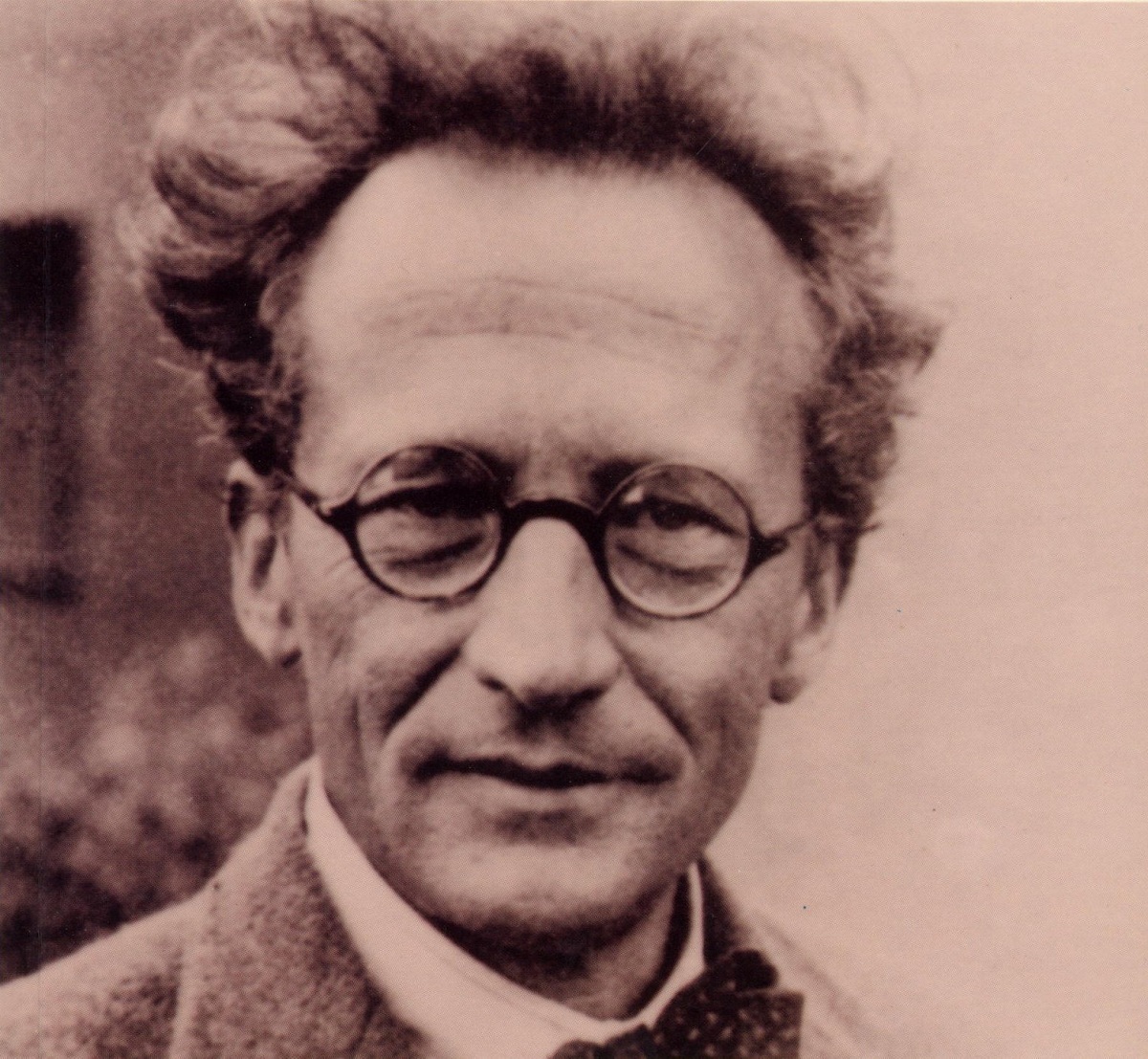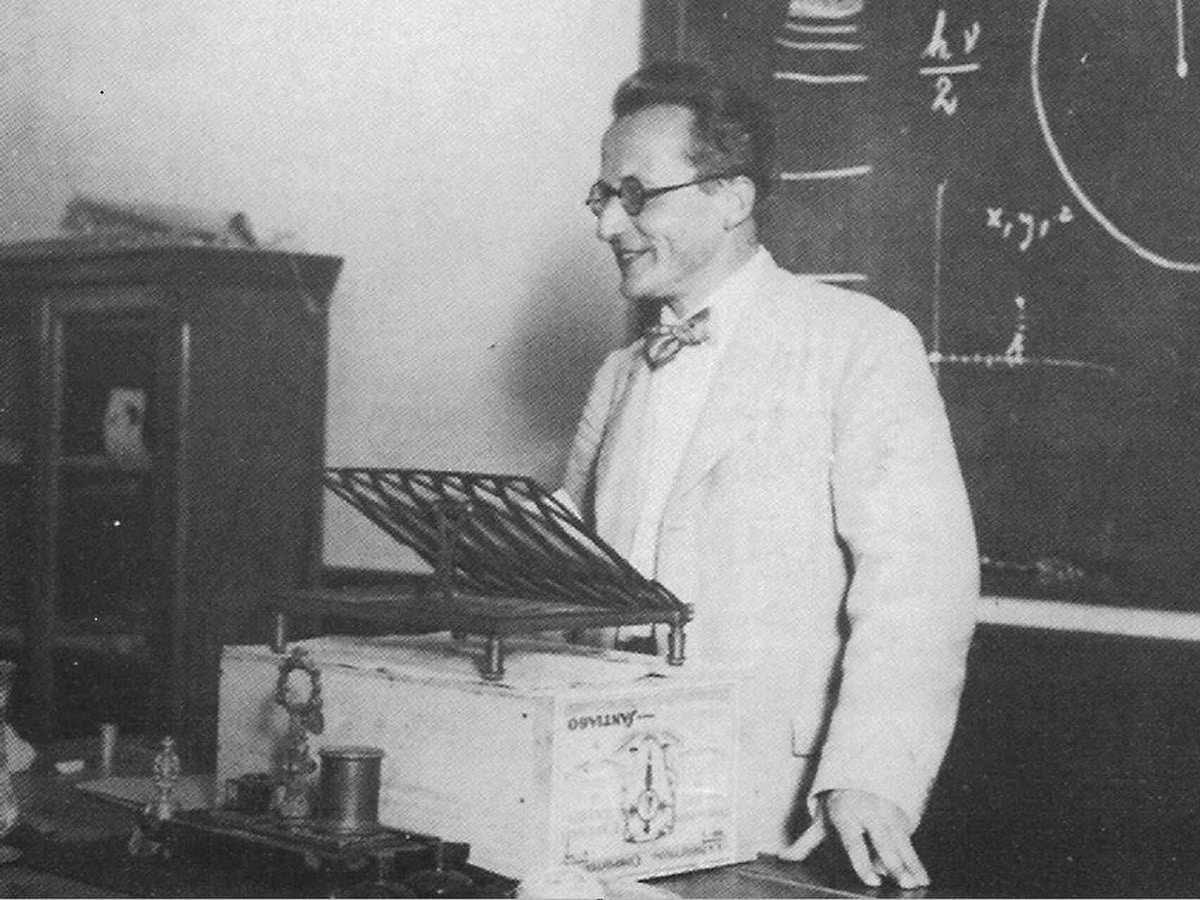
Among the scientists who devoted themselves to quantum physics, one of the most notable for the famous paradox of the cat is Schrodinger. His full name was Erwin Rudolf Josef Alexander Schrödinger who was an Austrian physicist born in Vienna on August 12, 1887. He was awarded Paul Dirac, the Polish Nobel Prize for wave action physics called the Schrödinger equation. His Nobel Prize was awarded in 1933 at the peak of his career as a quantum physicist.
In this article we are going to tell you everything you need to know about the biography and the Schrödinger's cat paradox.
Schrödinger biography

He is a physicist who was at the origin of quantum physics and was known for his amazing thought experiment. All this arose as a result of a correspondence with Albert Einstein in 1935. He received his doctorate in theoretical physics through the University of Vienna in 1910. He was a participant in the First World War as an artillery officer in 1914.
Various articles have been published in the Annals of Physics magazine on the problem involved in the quantification of eigenvectors. Once he further elaborated the equation with the eigenvectors, it became the Schrödinger equation. Later he left Germany and went to England because of Nazism and anti-Semitism. It was at Oxford University that he received the Nobel Prize.
Later, in 1936, he returned to Austria to work at the University of Graz.
Quantum Physics and Advances
In quantum mechanics you cannot know exactly the value of a parameter without actually measuring it first. Mathematical theory describes a state by a torque, speed and position with complete precision. However, a wave function is better by which the probability of finding the particle at a certain point and at a certain time can be calculated. Therefore, the nature of probability in quantum mechanics was able to predict that particles are also waves and points and not just materials.
Among the words of Schrödinger we find this paragraph that says the following:
«I was born in an environment, I don't know where I come from or where I'm going or who I am. This is my situation as yours, for each of you. The fact that every man has always been in this situation and always teaches me nothing. All we can observe ourselves about the burning questions about our origin and destiny, this is the environment. That is why they are eager to find in it all that we can. This is what science, knowledge, knowledge is what is the true source of all man's spiritual endeavor.
We try to discover what we can about the spatial and temporal context in which we were born we locate ourselves. And in this effort, we find joy, we find it very interesting ».
Schrödinger's cat

After all the advances in science contributed by Schrödinger there is one that has become more famous and that still persists today. It's about Schrödinger's cat. It is the most popular paradox in quantum physics by far. It has different variants. Let's see what they are: it was proposed by Erwin Schrödinger in 1935 in a thought experiment that shows us how disconcerting the quantum world can be.
The paradox begins by imagining a cat inside a completely opaque box. Inside it was installed a mechanism that connects an electron detector to a hammer. Just below the hammer is placed a glass vial with a dose of poison lethal to the cat. If the detector picks up an electron, it can activate the mechanism causing the hammer to fall and break the vial of poison.
Then an electron is fired, and logically, several things can happen. First, the detector may pick up the electron and activate the mechanism for the hammer to fall and release the poison. If the detector picks up an electron, it is enough to activate the mechanism. In this case, the cat inhales the poison and dies. When we open the box today we are going to find the dead cat.
Another possibility that can occur is that the electron bends another path and the detector does not capture it. In this way, the mechanism or is not activated and the bottle does not break. This is how the cat is still alive. In this case, when you open the box, this animal will appear safe and sound.
So far everything is logical. After all, it is an experiment that You have a 50% chance that the animal will end up alive or dead. However, quantum physics defies our common sense.
Explanation of the paradox

The electron is both a wave and a particle. In order to understand how well we must know that the electron shoots out like a bullet but also at the same time like a wave. It is similar to the waves that are formed when we throw a stone into a puddle. Namely, it can take different paths at the same time. They are not included, but rather overlap just as ripples would overlap in a pool of water. So it takes the path of the detector but at the same time it also takes the opposite path.
If the electron is detected, the cat dies. At the same time, he is not going to be detected and is still alive. At the atomic scale, we see that both probabilities are met simultaneously and we do not know if the animal ends up alive or dead at once. Both states are equal in real and probable. However, when we open the box we only see dead or alive.
If both probabilities are true and are true, why do we only see one? The explanation is the experiment applies the laws of quantum physics. However, the cat is not a quantum system. And it is that quantum physics acted on a subatomic scale and only under certain conditions. Namely, only valid for certain isolated particles. Any interaction with an environment makes the laws of quantum physics not applicable.
Many particles interact with each other, therefore, quantum cannot be applied to the real and large world as it happens with the example of this animal. Nor can you apply these laws when it is hot. The cat is hot matter and we, by opening the box to observe the result, are interacting and contaminating the test. The mere fact of observing contaminates the experiment and defines a reality compared to the rest.
I hope that with this information you can learn more about Schrödinger and his exploits.